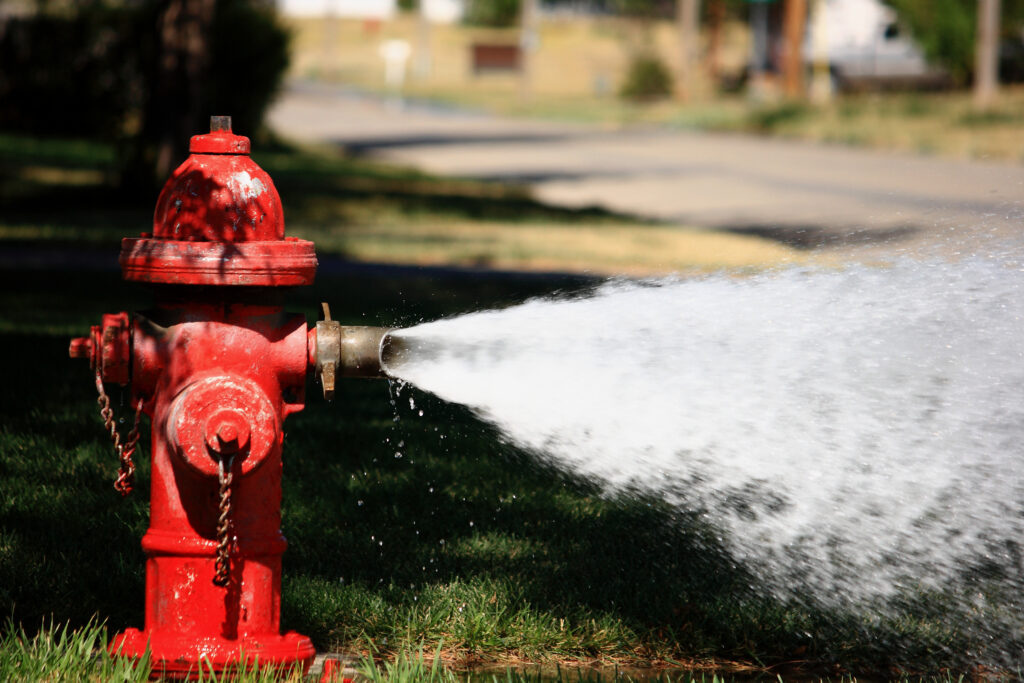The West Virginia Public Service Commission has finalized a report on the status of fire hydrants throughout the state.
The regulatory agency found that there are nearly 50,000 hydrants, most operated by public utilities. It noted issues related to testing and replacement of the devices and recommended funding over a 10-year period to deal with problems.
According to the final report: “Engineering Staff also found that a significant percentage of the state’s nearly 50,000 hydrants are fifty-years of age or older and that the replacement cycle for fire hydrants is unsustainably long at almost three-quarters of a century. Across all water utilities there are more than 5,300 hydrants in need of prompt replacement, based on age alone. This includes more than 4,000 hydrants operated by non-profit utilities. The cost to replace these hydrants is significant.”
A May 2023 fire in Charleston brought the matter to the attention of the PSC when a house burned down after there was insufficient water pressure from two nearby fire hydrants.
On June 30, 2023, the commission opened a general investigation into the conditions of hydrants and ordered the Engineering Division to survey the entire state concerning fire hydrants in public and private domains.
The report revealed there are 49,906 fire hydrants in the state, with 95 percent operated by utilities and 5 percent in private hands. West Virginia-American Water had the largest number at 10,548, and the average number of hydrants per utility was 194.
The report said not enough utilities are testing the water flow through their systems and devices.
Five percent (1,917) of hydrants are installed on undersized lines that have a diameter of less than six inches, the report said.
It also said a number of the hydrants are aging and ought to be replaced on a faster cycle than is being done.
Eleven percent (4,015) of the fire hydrants are 50 years old or older. The Parkersburg Utility Board operates the oldest in the state at 138 years. But, many other water utilities reported having hydrants 100 years or older.
The report suggested the West Virginia Legislature appropriate $70 million to be used over a 10-year period to assist public utilities in replacing their aging hydrants.
The report said national testing standards should be added to the state rules. In addition, all water utilities operating fire hydrants should be required to certify in their annual report the number of hydrants inspected and the number of flow tests completed for the year.
More information on this case can be found on the PSC website: www.psc.state.wv.us. Click on “Case Information” and access Case No. 23-0555-W-GI.
Previous stories
PSC Investigating State’s Fire Hydrants
PSC Urges Legislators To Address Fire Hydrant Disrepair
Update: Legislators Hear Update On PSC Fire Hydrant Investigation




















 karenkh/Adobe Stock
karenkh/Adobe Stock